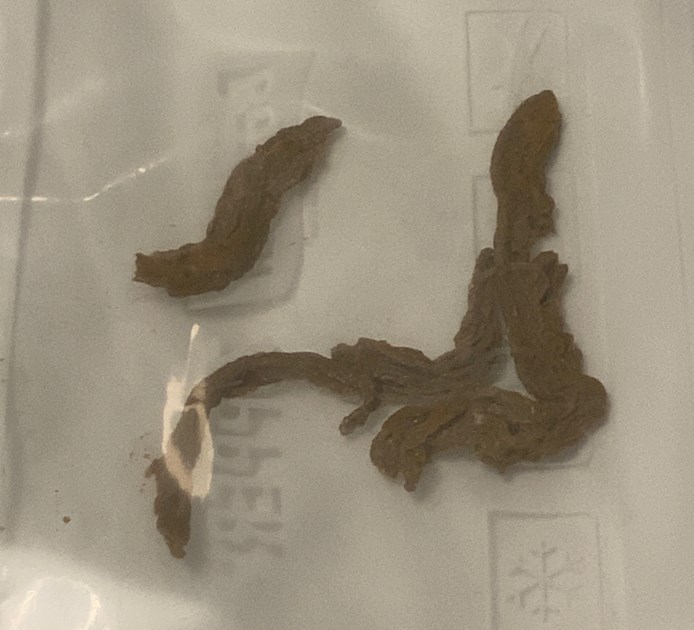
Fecal impaction: A systematic review of its medical complications.

Among the theories is an oversensitivity of nerves in the intestine, intestinal muscle disorders, and inflammation of the lining of the intestine. The cause of IBS is not fully understood. Common symptoms include abdominal pain, diarrhea, bloating, and persistent discomfort.


IBS is a disorder of the large intestine and could be responsible for changes in a person’s bowel habits. These treatments will both clear up the infection and resolve the issue of stringy stool. In most cases, doctors can easily treat these infections with antibiotics, antiparasitic drugs, or medicines that neutralize stomach acidity. Besides stringy stool, symptoms of intestinal infections include nausea, cramps, fatigue, and weight loss. Some bacteria or parasites cause infections in the digestive tract, particularly the intestines. The diets of most Americans, however, contain less than half this optimum amount. The American Heart Association recommend a daily intake of 25 grams of fiber, which helps soften the stool and aid bowel movement. Potatoes with the skins on, oats, almonds, and peas are other examples of high-fiber foods to include in your diet. As a result, the stool can be less bulky and shrinks in size, taking on a stringy appearance.Ĭhronic constipation often leads to blockages that develop in the colon, leading to the passage of thin, stringy stools.Ī simple way to counter constipation is to increase intake of fruits and vegetables, wholegrain bread and cereal, beans, and lentils. Published May 2018.Share on Pinterest Consuming an unhealthy diet increases the chance of constipation.Ī diet that is low in fiber or fluids increases the chance of constipation. End results: What color is your poop and other pressing fecal matters. Diagnosis of gastrointestinal bleeding: A practical guide for clinicians. Lower GI bleeding: epidemiology and management. National Institute of Diabetes and Digestive and Kidney Diseases. The characterization of feces and urine: A review of the literature to inform advanced treatment technology. Rose C, Parker A, Jefferson B, Cartmell E. National Institute of Health Diabetes and Digestive and Kidney Diseases. Abstract Over the past several years, primary care providers have been referring a large number of their patients to gastroenterologists for colonoscopy because.

Role of mucus layers in gut infection and inflammation. Viruses causing gastroenteritis: The known, the new and those beyond. Is something in your diet causing diarrhea? The pathophysiology of chronic constipation. Evaluating the patient with diarrhea: a case-based approach. Disordered gut microbiota correlates with altered fecal bile acid metabolism and post cholecystectomy diarrhea. European Society for the Study of Coeliac Disease (ESSCD) guideline for coeliac disease and other gluten‐related disorders. A number of factors can determine bowel movement caliber (shape, texture, color, etc.), says Whitney Jones, MD, a national expert and frequent speaker on early-age onset colon cancer prevention, and Founder, Colon Cancer Prevention Project. The scoop on poop.Īl-Toma A, Volta U, Auricchio R, et al. If your thin or narrow stools have you fearing colon cancer, there are other causes of narrow thin stools besides cancer of the colon. Persistence of intestinal SARS-CoV-2 infection in patients with COVID-19 leads to re-admission after pneumonia resolved.


 0 kommentar(er)
0 kommentar(er)
